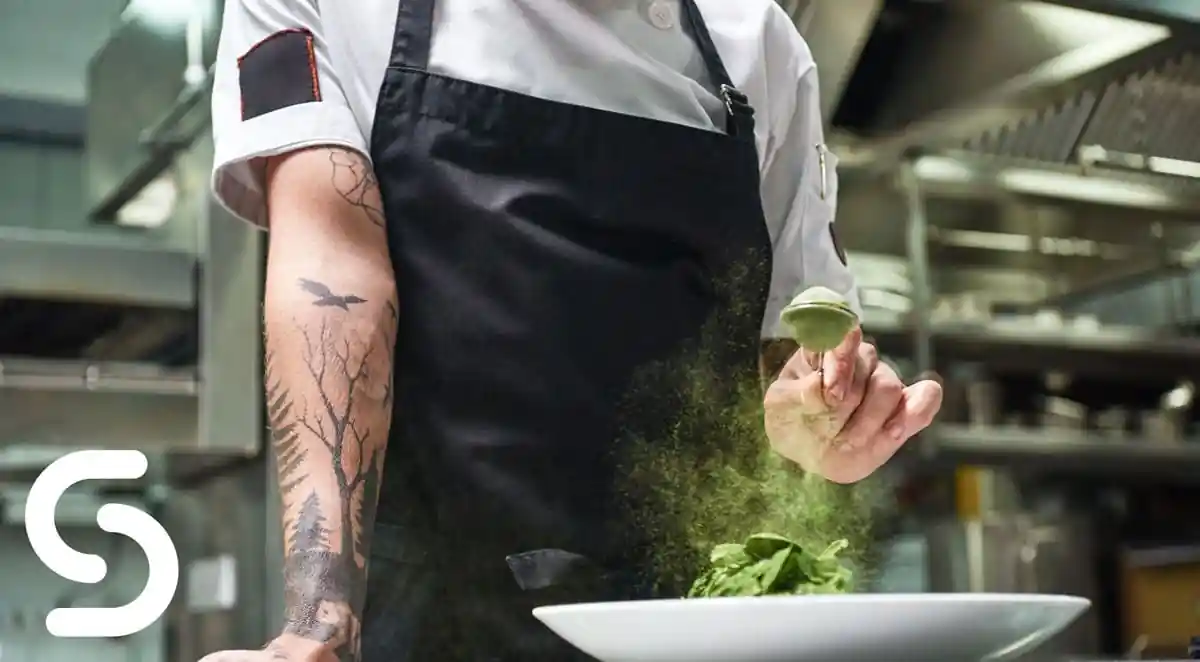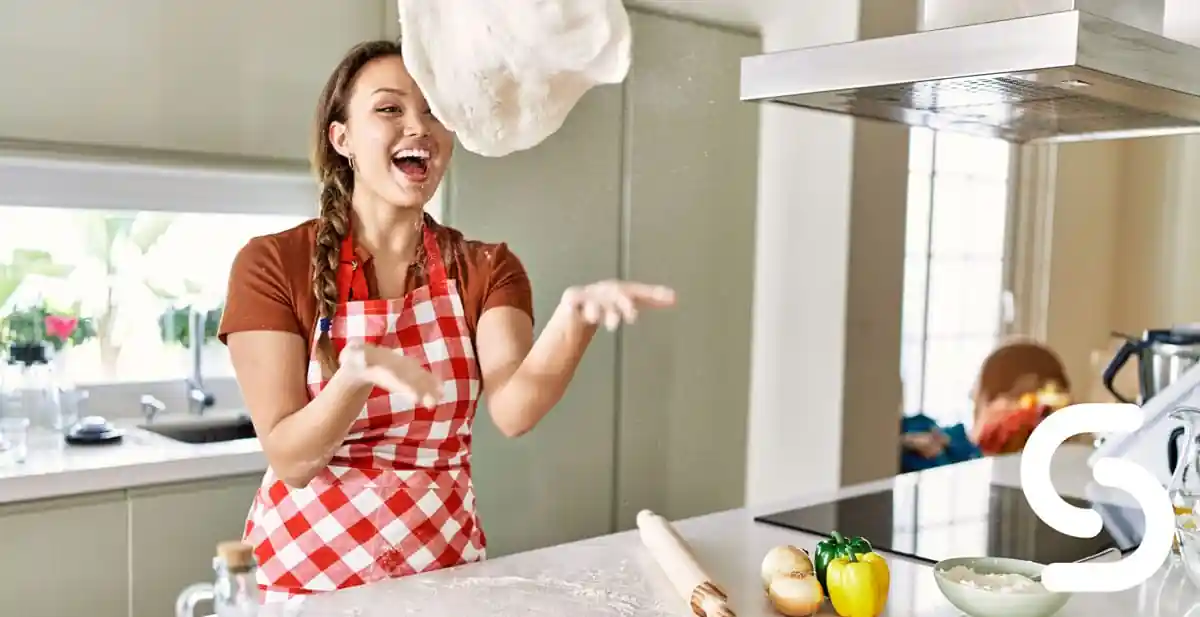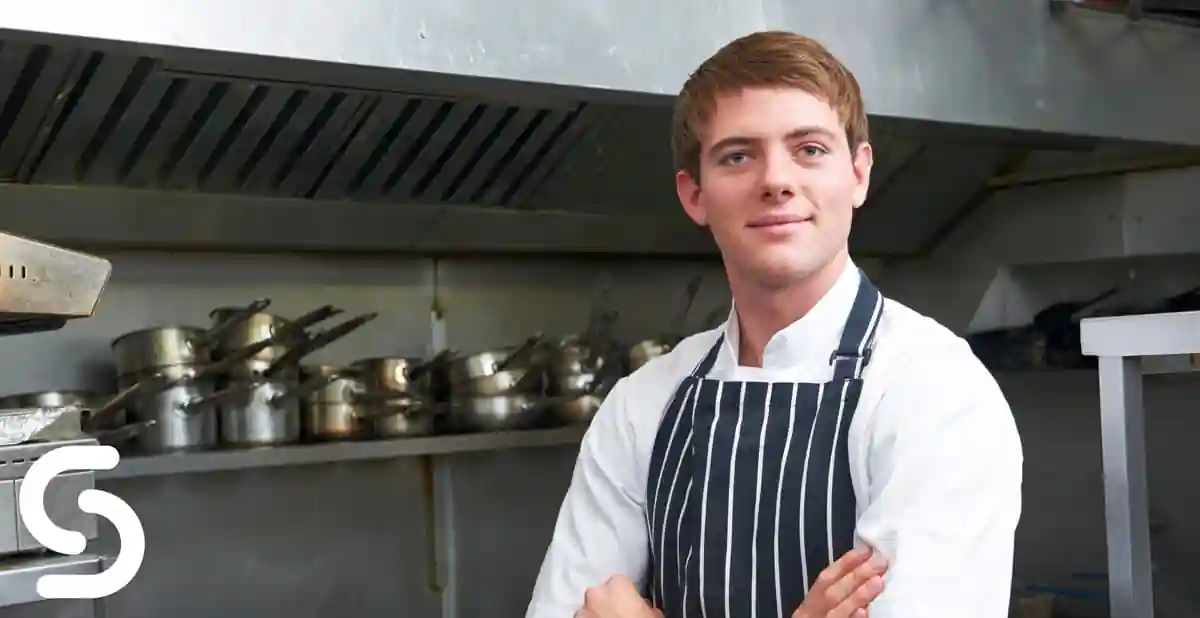Complete Safety Signs Checklist (England & Wales)
Ensuring your venue stays legally compliant. If your catering or hospitality venue is situated in England or Wales, your signage
Ensuring your venue stays legally compliant. If your catering or hospitality venue is situated in England or Wales, your signage
Available in a range of sizes, our brand new illuminated menu covers are all the rage. Our illuminated LED menu
Shop across our entire range of catering & hospitality products with up to 70% off until midnight Monday 1st December.
The leather menu cover can play a crucial role with customer’s first impressions. At Smart Hospitality Supplies, we have made
A chef’s apron is crucial for comfort and functionality in the kitchen environment. At the same time, it may seem like a simple garment, but proper apron usage and maintenance are essential for ensuring comfort, safety, and professionalism. We will discuss guidelines for wearing and adjusting aprons and tips for keeping them clean and presentable in a fast-paced kitchen environment.

When wearing an apron, hold it by the waist ties and place it behind you with the bib facing forward. Cross the waist ties at the back and bring them to the front of your body. This crossover helps to secure the apron in place and prevent it from slipping off during your work. Next, tie the waist securely in a double knot at the front. Make sure the knot is tight enough to keep the apron in place but not too tight that it restricts your movement or becomes uncomfortable.
Once you’ve tied the waist strings of your apron, take a little time to adjust the top part that covers your chest and belly – the bib. You want it at a comfortable level where it covers you adequately. The ideal position for the bib would be from just below your collarbone down to your waist. This way, your clothes stay safe from accidental splashes or spills.
Getting the bib’s height right creates a shield that keeps stains and food bits from landing on your clothes. Plus, it gives you extra protection against potential burns or cuts while cooking. It’s essential to strike a balance here – your apron should give you enough protection but not get in the way of your movement or comfort.
When tying your apron, be careful not to pull it too tight. A too-tight apron can limit movement and make you uncomfortable, especially if you spend a lot of time in the kitchen.
Also, it’s a good practice to regularly check the apron’s ties to ensure they are securely fastened. This minimises the risk of the apron coming undone while working, which could lead to accidents or distractions. By guaranteeing the ties are correctly tightened, you can work with peace of mind, knowing that your apron will stay in place throughout your culinary activities.
Take advantage of an adjustable neck strap (If your Apron has one). Customise the length of the strap to fit your neck and shoulders comfortably. This helps prevent strain and discomfort in those areas, particularly if you wear the apron for extended periods. Adjusting the neck strap can significantly improve your comfort while working in the kitchen.
Consider choosing an apron with pockets. Pockets provide a convenient and accessible storage solution for small tools or personal belongings. By having these items within easy reach, you can work more efficiently sure save time by not having to search for them elsewhere. Assure not to overload the pockets, affecting your mobility and balance while wearing the apron.

Maintaining a clean and presentable apron is vital for upholding professional standards. Here are a wide selection of tips to keep your apron in top condition:
Take the time to regularly inspect your apron for any stains, tears, or frayed edges. Address these issues promptly to prevent further damage or deterioration. Spot cleaning with a suitable stain remover or mild detergent can often be effective for minor stains. Consider mending them or seeking professional repairs for tears or frayed edges if needed.
Before laundering your apron, pre-treat any stains by applying an appropriate stain remover or gently rubbing a mild detergent on the affected area. Allow the pre-treatment to sit for a few minutes before laundering. This step helps maximise the chances of stain removal during washing.
It is crucial to follow the care instructions provided by the apron manufacturer. Pay attention to recommended temperature settings, suitable detergents, and specific care instructions for the fabric type. Different materials may require other care methods, so following the manufacturer’s guidelines ensures the longevity of your apron.
To avoid cross-contamination, washing your apron separately from other laundry items is advisable. This prevents stains, odours, or lint from transferring onto your apron. By dedicating a separate load for your apron, you can ensure its cleanliness and prevent unwanted effects on other garments.
Unless specifically recommended by the manufacturer, it is generally advisable to avoid using bleach on your apron. Bleach can weaken fabrics, cause discolouration, or damage prints or embroidery. Instead, use mild detergents and stain removers to clean your apron without risking its integrity.
Once your apron is clean and dry, iron it on a low or medium setting to remove wrinkles and achieve a crisp, professional appearance. Ironing enhances the overall look of your apron and helps maintain its shape and structure.

By wearing and adjusting a chef apron correctly and keeping it clean and well-maintained, chefs can ensure their aprons serve them effectively in their demanding work environment. Remember, a well-presented and cared-for apron enhances your appearance and reflects your commitment to excellence in the culinary world.
Now that we have understood the guidelines of how to properly to wear a chefs apron, lets see how you can personalise your Chef Aprons



A Company Registered in England & Wales Company Registration Number: GB05069286 VAT Registration Number: GB867112521 Smart Hospitality Supplies is a trading division of The Smart Marketing & Media Group Limited
